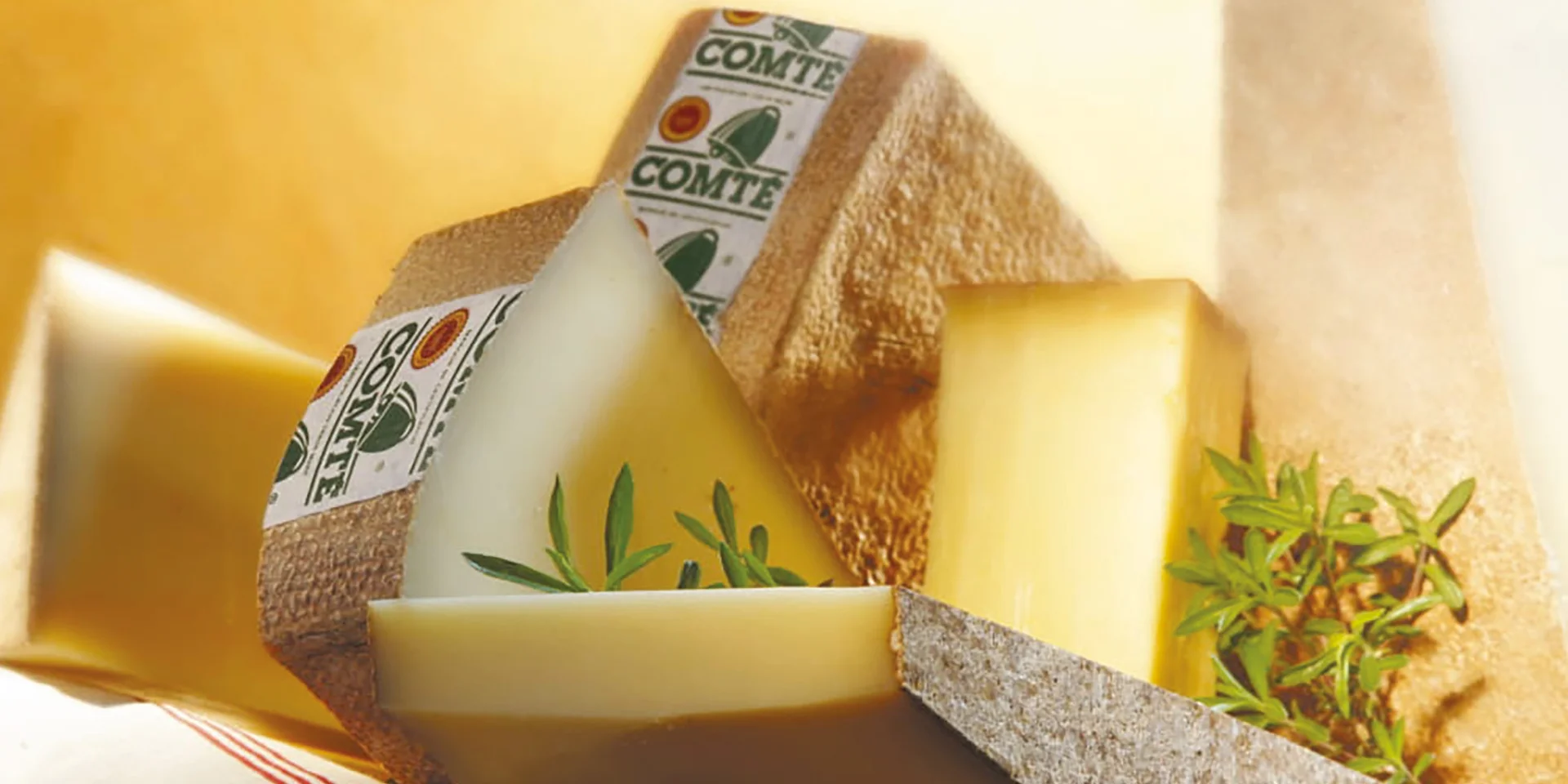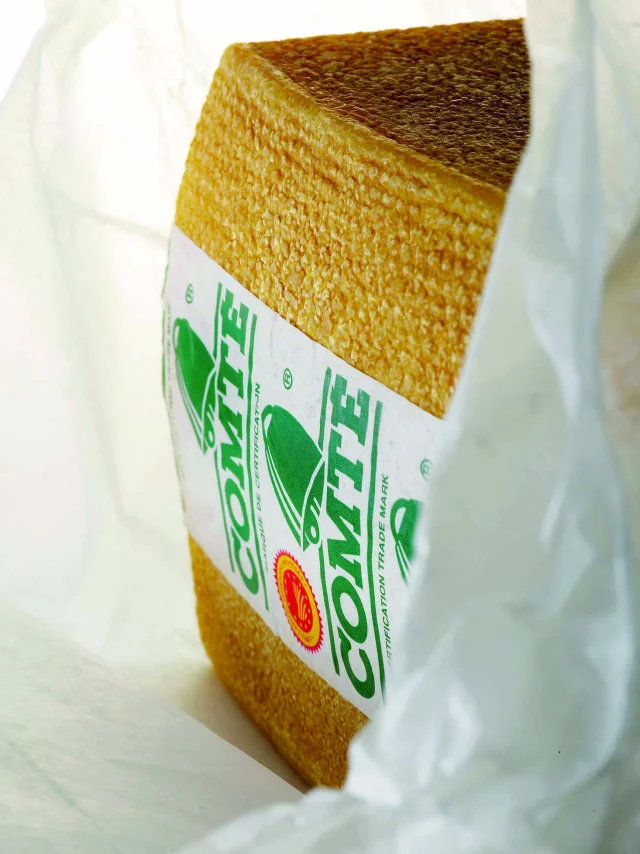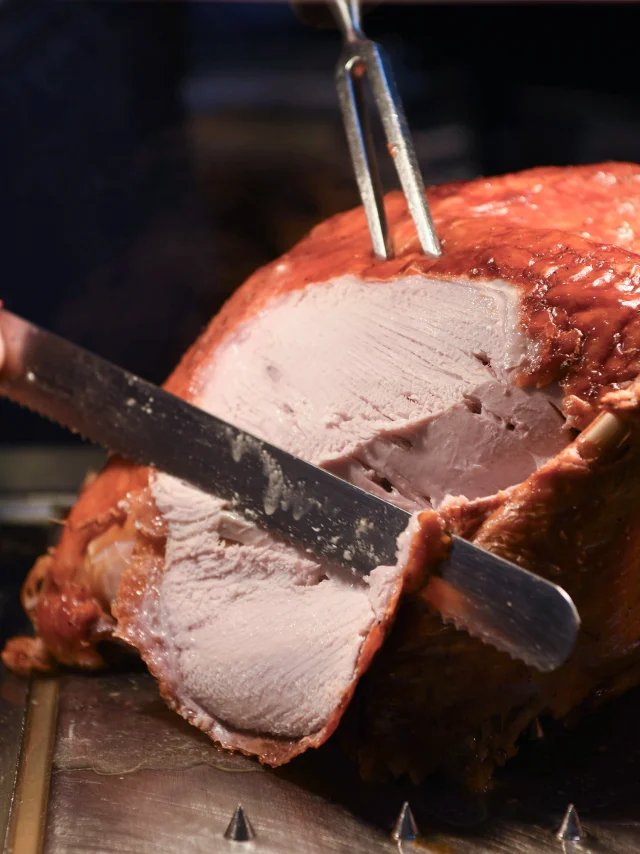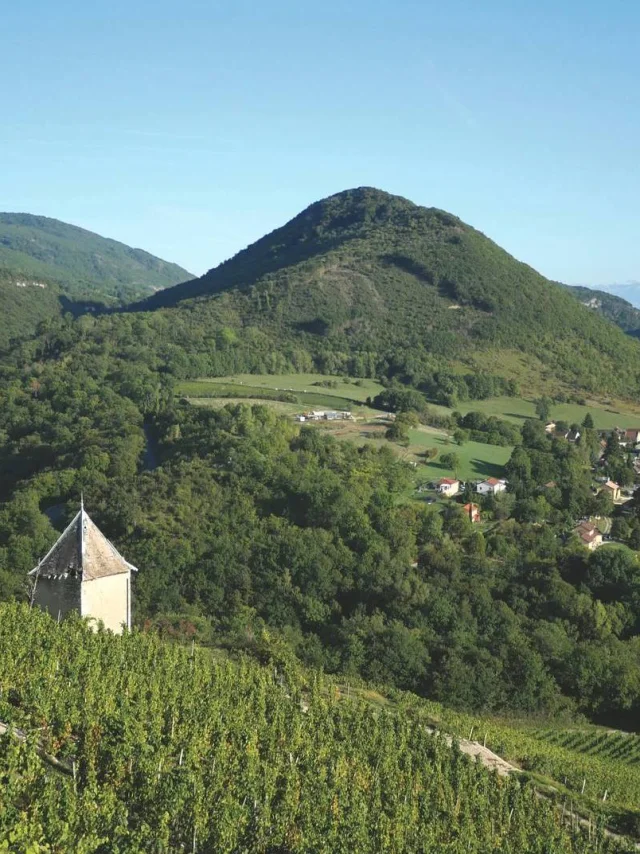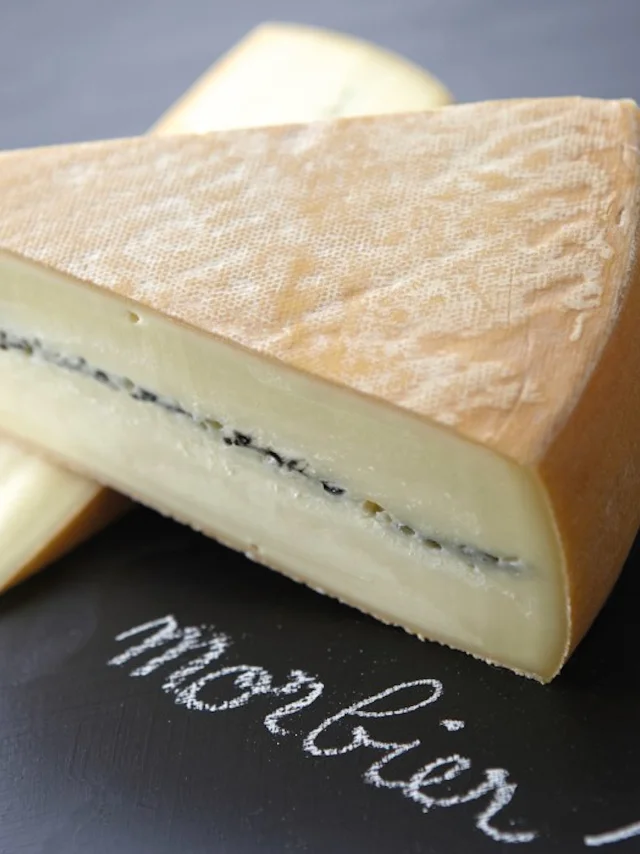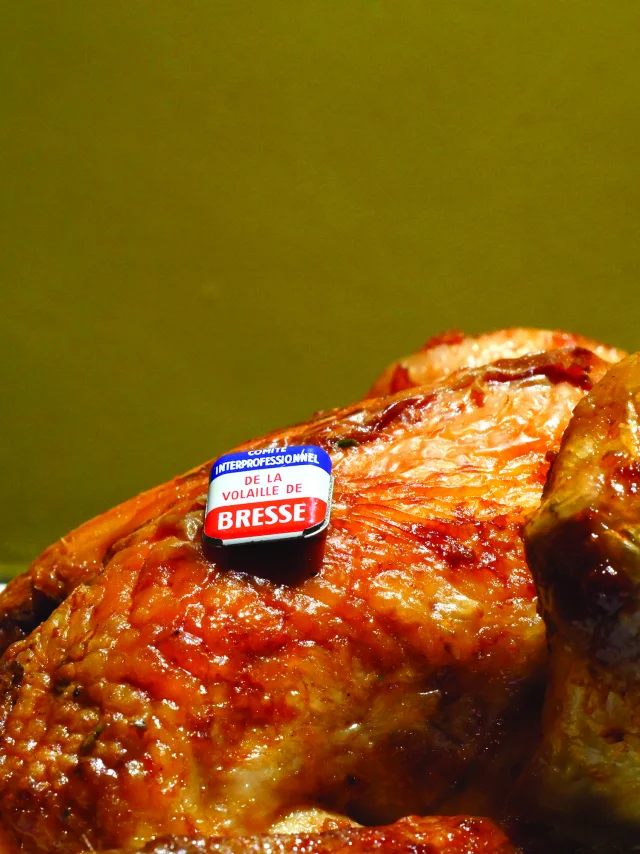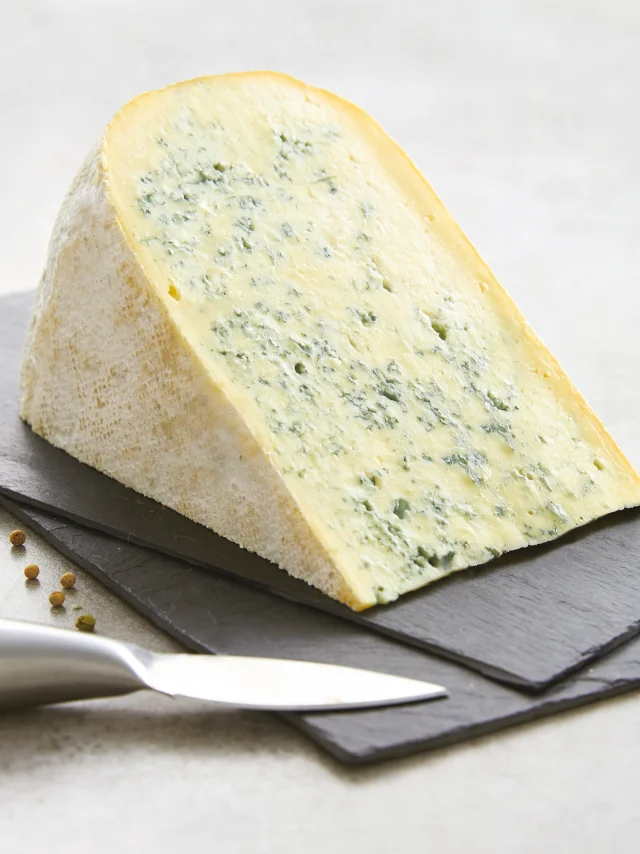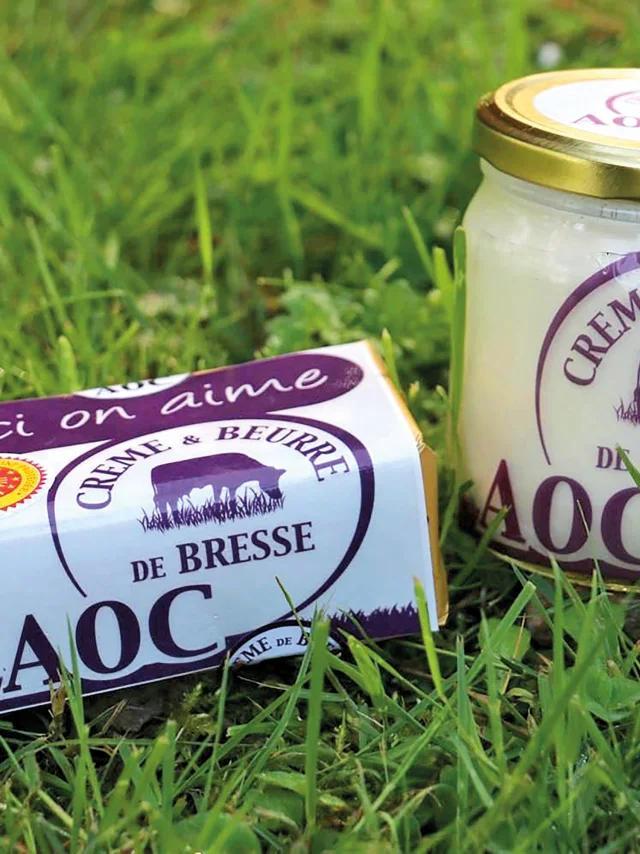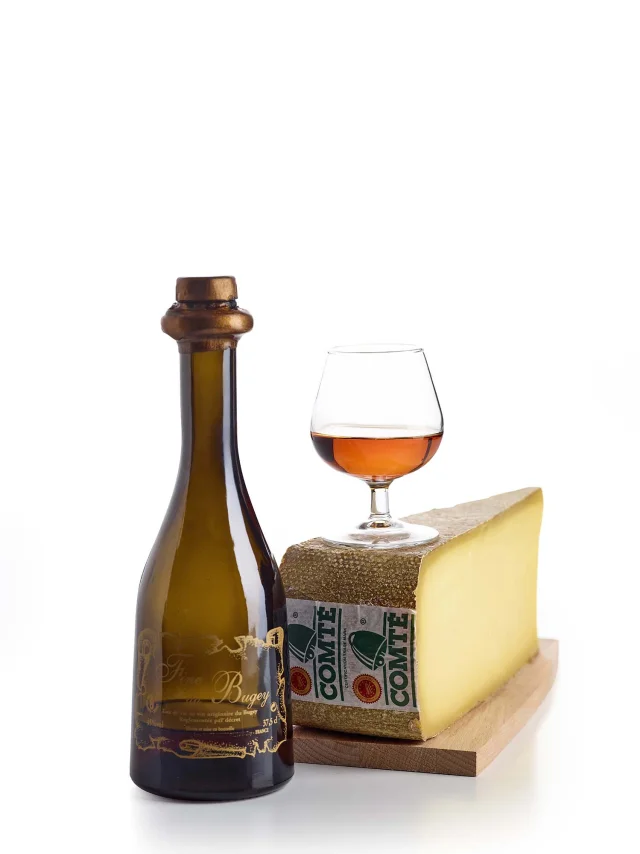Terre de Comté
The Comté appellation d’Origine Contrôlée zone has covered the eastern half of the Ain department, at altitudes of between 200 and 1,500 m, for eight centuries.
It’s a raw-milk cheese, made from the milk of Montbéliarde or Simmental cows, whose flavor is intimately linked to the cows’ diet. Fresh grass in summer, hay in winter, the cows are fed a natural, unfermented diet. Milked morning and evening, the milk is transported daily to the dairy, where Comté cheese is made according to a rigorous artisanal process.
Although Comté cheese is made according to the same gestures and traditions as the rest of the region, each Comté cheese wheel reflects its fruitière, its micro-region, its season, and the particular skills of its master cheesemaker and ripener.
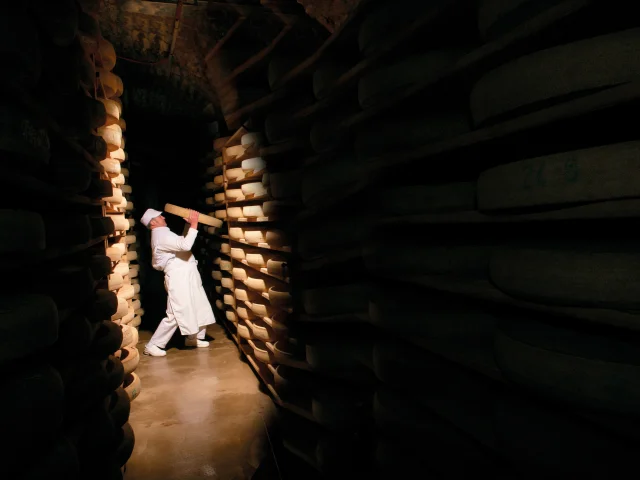 Comté PDO cheese
Comté PDO cheese